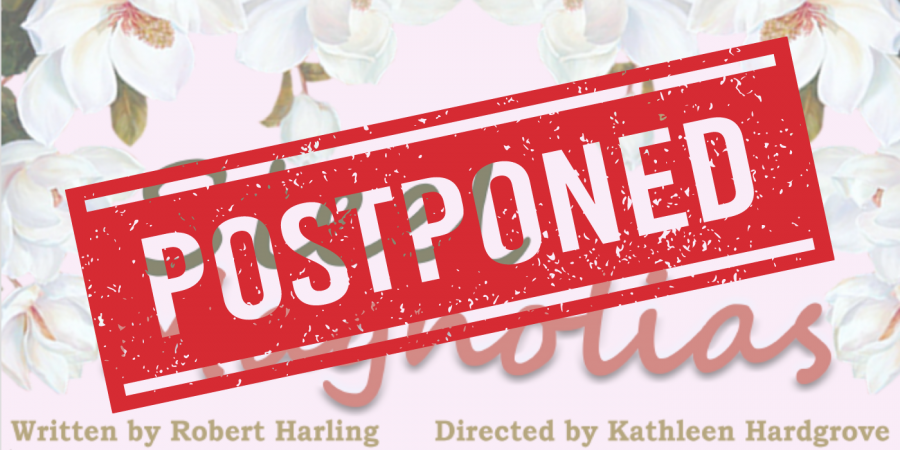
By David Reagan
Staff Writer/Photographer
The first weekend of October started off with a bang, with the three-day opener for “Emma,” one of the most eagerly anticipated productions this semester by fans of SE’s Theatre department.
Theatre at Southeastern was proud to announce the college premier of “Emma” because Southeastern was the first to perform it at the college level, once again proving that a small school can do big things. The play, “Emma,” is Michael Fry’s theater adaptation of the book by Jane Austen.
Many came out just to see the revealing of such a major headlining play, likened to popularity of an authored classic turned into a mainstage character such as Steinbeck’s “Grapes of Wrath,” Harper Lee’s “To Kill a Mockingbird,” or Shakespeare’s famous “Romeo and Juliet.”
The play served as the first one to ever take place in the New Theatre Building behind the baseball field. The building used to be the old basketball gym but has now been renovated and redecorated by the theatre department so magnificently you wouldn’t believe it was built for anyone but the actors.
In comparison with the Morrison Building stage and seating, the gym certainly has a smaller usable space but also houses a large dressing room, a computer lab, a spacious foyer and backstage room as large as the seating area. The facility also serves as a classroom for theatre students on a regular basis.
The first thing I noticed is that the physical construction of the seating, the props and the set are arranged in such a way that it is a close up, intimate setting. They don’t act as if in a far off box. This adds to the viewer’s comfort level and overall satisfaction because it helps one feel as if they are really in the scene.
The front row sits on ground level literally two feet away from the main actor in the scene. The main entry point used during this play were the audience’s two exit doors on either side, thus, creating a sense of closeness to the action in which the actors literally enter scene in the midst of the crowd.
Several times within the play, they used the side entrances to add to the effect of off-scene trailing voices and lead in voices. The play utilized a form of freeze-frame narration, in which all other characters stopped movement at various times when Emma Woodhouse spoke to herself and the audience.
This helped us with the necessary distinction between her thoughts and the actual reality of the relationships and situations in which she could never seem to stop using her imagination.
As for the actual material itself, I have no reservations in saying that the actors did a better job with such an ancient yet popularized piece of literature than could be expected or imagined.
As one very quickly becomes aware, the play is set in the 19th century, 1815 to be exact, and each scene must be expelled with great care to make sure the audience can read between the lines. For after all, this is the humor of the 1800s, hinted at behind women’s elegant, lengthy dresses and the men’s fluffed collars and stiff formal peacoats. The stage design, costumes and accents easily reveal this time period of aristocracy in England.
The thing I found most helpful was the constant use of establishing characters, because there are so many in this play.
Emma is a tale of love–love arranged, love lost and love misconveyed.
In the midst the tangled love triangles, addition of characters and upkeep with who likes who, I believe the cast did a particularly immaculate job with the pronouncing of names as each new couple was introduced.
I was indeed surprised with the amount of humor that the cast was not only able to pull from the script, but most importantly was able to visually display. As I watched, I saw how truly talented Theatre at Southeastern is.
I have come to the conclusion that the ability to take this play, or really anything, from the 1800s and make me laugh as if I were watching a modern film is quite enough in and of itself.
I have heard hardly any comments in the negative besides the fact that it looked rushed and lost some of the elements of the book, but that is to be expected of any book turned into a play in an adaptation by somebody other than the author.
I felt as if I were watching a romantic comedy about mean girls wrapped up in an episode of “Gilmore Girls.”
I say congratulations to lead actress, Rebecca Sparks, and the rest of the cast for such a beautiful opening performance in what is hopefully indicative of the future of Theatre at Southeastern.
Photo by David Reagan





